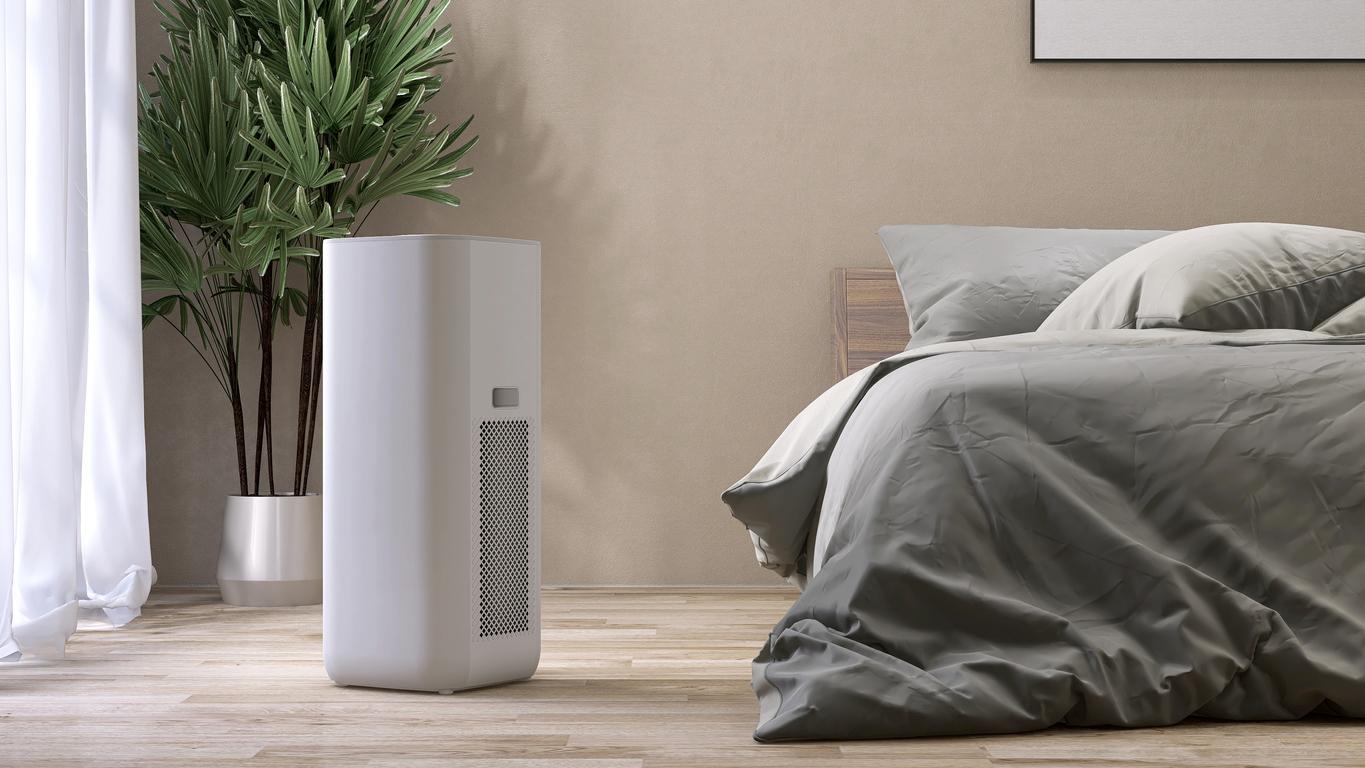Work stress gives the same complaints
Sick building syndrome is a series of health complaints caused by poor air quality in a building. You can do a lot to improve the quality of the indoor climate. The complaints of the sick building syndrome are suspiciously similar to those of work stress. What’s up with that?
The sick building syndrome can lead to complaints such as headache, dry eyes, sore throat, dry skinfatigue, lack of concentration and a feeling of dizziness. In addition, poor air quality can asthma and worsen allergies. Research by the GGDs for the Primary Schools Indoor Environment project showed that stuffy air in the classroom demonstrably reduces the learning performance of students.
Numerous causes
An unhealthy indoor climate can have many causes. In homes, schools and office buildings, the biggest culprit is usually a lack of ventilation or a dirty ventilation system. Other causes are chemicals released from building materials, carpeting and paint. Printers, copiers and computers can worsen air quality. An indoor climate that is too dry or too humid is also not conducive to well-being. Incorrect humidity promotes the growth of bacteria, viruses and fungi.
Air treatment
Studies show that poor air quality is more common in houses and buildings with air treatment systems. These systems are often not installed properly and there is often a lack of proper maintenance, as a result of which the air ducts become polluted. Most complaints about the indoor climate appear to occur in modern, well-insulated buildings where windows cannot be opened. The World Health Organization (WHO) estimates that symptoms of sick building syndrome occur in one in every three office buildings.
Productivity Loss
According to Dutch researcher Dr Philomena Bluyssen of TNO, a poor indoor climate can cause a company a loss of productivity of 3,600 euros per employee per year. A good reason to invest in better air quality, says Bluyssen.
Guidelines have been drawn up for schools and buildings for a better indoor climate. Good and regular ventilation can solve most complaints. This also applies to residential houses. The ideal humidity level (between 40 and 65 percent) can be regulated with humidifiers or with ventilation. Printers and copiers are best placed together in a separate, ventilated area. Air handling systems must be cleaned regularly. And employees report fewer complaints if they can influence the air quality themselves, for example by opening a window.
Sick building?
The question of whether a building is a ‘sick building’ is not easy to answer. It quickly takes the deployment of a specialized company to measure the air quality. According to the definitions of a sick building, the health complaints must in any case occur for a large part of those present. There must also be a clear link with the workplace. Sometimes there can be something else going on too.
Stress from work
Headaches, loss of concentration and respiratory complaints at work are not always due to the sick building syndrome. This was revealed in a 2007 British study. People who do a lot work stress experienced, appear to have more frequent complaints that strongly resemble those of the sick building syndrome. People who do not feel supported by their boss or colleagues at the office also suffer more from these complaints. A good indoor climate and a good social climate are both conducive to well-being at work, the researchers conclude.
Sources:
* TNO
* GGD
* PenOCurrent
* central government














